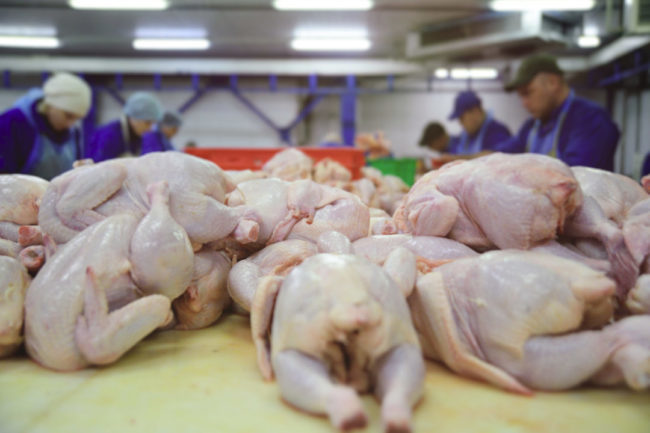ATHENS, GA. — The US Department of Agriculture’s (USDA) National Institute of Food and Agriculture (NIFA) funded a food safety study conducted through the University of Georgia (UGA). The study, published in “Applied and Environmental Microbiology,” used new technology to analyze national data from the USDA’s Food Safety Inspection Service (FSIS) from 2016 to 2020, monitoring Salmonella contamination at multiple points during poultry production.
The USDA-NIFA award was granted to Nikki Shariat, assistant professor at UGA and author of the study.
“When I first started at the Poultry Diagnostic and Research Center four years ago and met with several different poultry companies, one of the things they said to me was that the Salmonella they find on the farms is not the same type of Salmonella they find in the processing plant,” said Shariat.
The researchers partnered with the Georgia Poultry Laboratory Network (GPLN) in Gainesville, Ga., to examine which strains of Salmonella, known as serotypes, were present in breeder chickens versus the strains present in chicken products. Doug Waltman, bacteriology laboratory technical liaison and technical logistics support for GPLN, co-authored the study.
The research team used new technology developed in 2015 by Shariat, known as CRISPR-SeroSeq, to locate strains of Salmonella in live bird samples that traditional testing methods missed. CRISPR-SeroSeq identifies molecular signatures in Salmonella’s CRISPR regions, a specialized part of the bacteria’s DNA, and helps identify which strains of the bacteria are most abundant.
The most abundant and easily detectable strain of the bacteria on the farm in Georgia is the Kentucky serotype, accounting for 80% of all Salmonella found. With CRISPR-SeroSeq, the researchers identified three other types of Salmonella: Infantis, Enteritidis and Schwarzengrund.
“The higher-resolution technology used in this research found that multiple Salmonella serotypes were present but were typically outnumbered by serotype Kentucky,” Shariat said. “Our study now provides a framework for how to identify those serotypes. This knowledge provides poultry producers with better data to be able to inform their Salmonella control practices.”
The research claims poultry is responsible for more than one out of every five cases of Salmonella infection in the United States. Overall cases of Salmonella contamination in chicken decreased from 9% in 2016 to 6.57% in 2020, but the number of Salmonella infections in people remained constant during the same period.
“Our main focus is to make sure that at the end of the day we’re facilitating improvements in the poultry industry,” said Amy Siceloff, first author of the study and UGA doctoral student. “Now that we’re aware of this gradual increase in serotypes and that they don’t just pop up overnight, this kind of surveillance is going to be key in managing Salmonella moving forward.”


